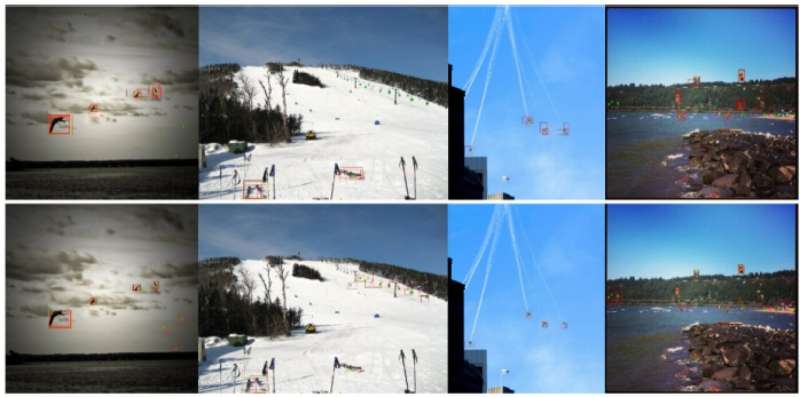Oct 20, 2022
New artificial intelligence framework developed for target detection technology
Posted by Saúl Morales Rodriguéz in category: robotics/AI
Researchers from the Hefei Institutes of Physical Science (HFIPS) of the Chinese Academy of Sciences (CAS) have proposed a new artificial intelligence framework for target detection that provides a new solution for fast and high-precision real-time online target detection.
Relevant results were published in Expert Systems with Applications.
In recent years, deep learning theory has driven the rapid development of artificial intelligence technology. Object detection technology based on deep learning theory is also successful in many industrial applications. Current research focuses on improving the speed or accuracy of target detection and fails to take efficiency and accuracy into account. How to achieve fast and accurate object detection has become an important challenge in the field of artificial intelligence.

















